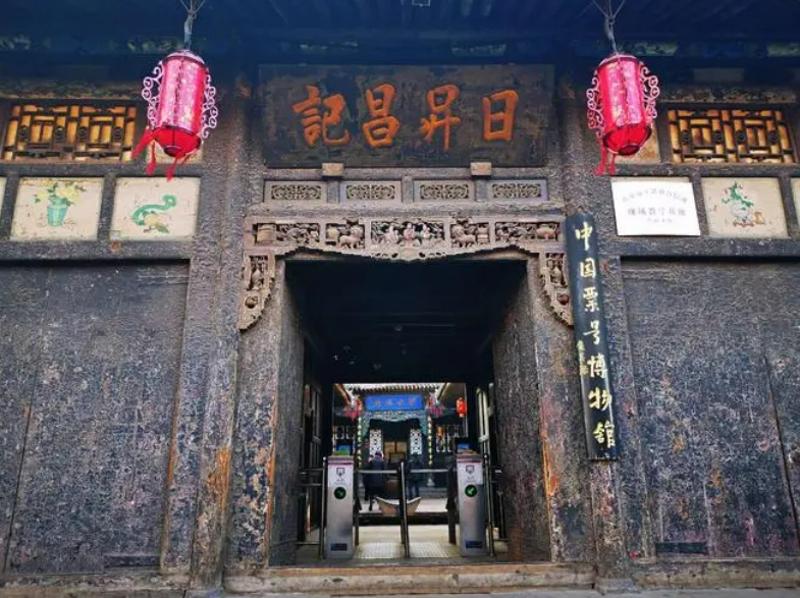Rishengchang Ticket Number

I. Pingyao Ancient City: The Legend of Rishengchang Bank, a Financial Empire
- Historical Origins: Pingyao Ancient City, located in central Shanxi Province, has a long history. Human activity existed as early as the Western Zhou Dynasty, and its city wall was first built in the Northern Wei Dynasty. It was later fortified and repaired through wars and renovations, ultimately shaping the Ming and Qing Dynasty city layout we see today.
- Cultural Heritage: Pingyao Ancient City is one of the birthplaces of the Jin merchant culture during the Ming and Qing dynasties. It is renowned for its well-preserved ancient city wall, Ming and Qing architecture, and unique business culture.
- Historical Significance: As an important commercial center in ancient times, Pingyao Ancient City served as a vital transportation route connecting the east and west, north and south. Merchants gathered there, and trade flourished.
II. Rishengchang Bank: The Origin and Development of a Financial Empire
- Founder and Establishment: Rishengchang Bank was founded in the Daoguang period of the Qing Dynasty. Its founder, Lei Lütai, was a native of Pingyao, Shanxi Province. He initially traded in grains but was inspired by the bank's operating model and established Rishengchang Bank in Pingyao City in 1823.
- Business Philosophy: Rishengchang Bank adhered to the business philosophy of "Integrity as the foundation, profit through righteousness." It emphasized credit and service quality, and established a comprehensive management system and risk control framework.
- Business Scope: Rishengchang Bank primarily focused on remittance services but also engaged in pawnbroking, lending, and money-changing businesses. It established branches across China, expanding its operations nationwide and becoming the largest bank in China at the time.
III. Rishengchang Bank: Brilliant Achievements and Contributions
- Commercial Achievements: During the mid-to-late Qing Dynasty, Rishengchang Bank amassed significant wealth through its efficient operating model and reliable reputation. It became one of the largest financial institutions in China and made significant contributions to the country's economic development.
- Financial Innovation: Rishengchang Bank pioneered the unique "silver note" system, using paper bills as circulating currency, simplifying financial transactions and promoting the development of China's financial industry.
- Social Impact: The success of Rishengchang Bank contributed to the economic prosperity of Pingyao Ancient City, promoting local commerce and finance. It also played a role in advancing Chinese commercial civilization and financial civilization.
IV. Rishengchang Bank: Historical Legacy and Modern Significance
- Cultural Heritage: The former site of Rishengchang Bank is now a renowned attraction in Pingyao Ancient City. Its architectural style and interior decor provide valuable insights into the operating models and lifestyle of banks during the Ming and Qing dynasties.
- Historical Lessons: The success of Rishengchang Bank highlights the importance of integrity, service, and management. It offers valuable lessons and inspiration for modern business operations and financial development.
- Modern Significance: The historical legacy of Rishengchang Bank helps us preserve the outstanding traditional culture of the Chinese nation. It also reminds us to prioritize integrity and service and continuously explore financial innovation to drive China's economic growth.
Conclusion: Pingyao Ancient City and Rishengchang Bank are precious historical and cultural heritage of the Chinese nation. They chronicle the development of ancient Chinese commerce and finance and embody the hard work, wisdom, and business spirit of the Chinese people. By inheriting history and drawing lessons, we can create even greater achievements in this new era.